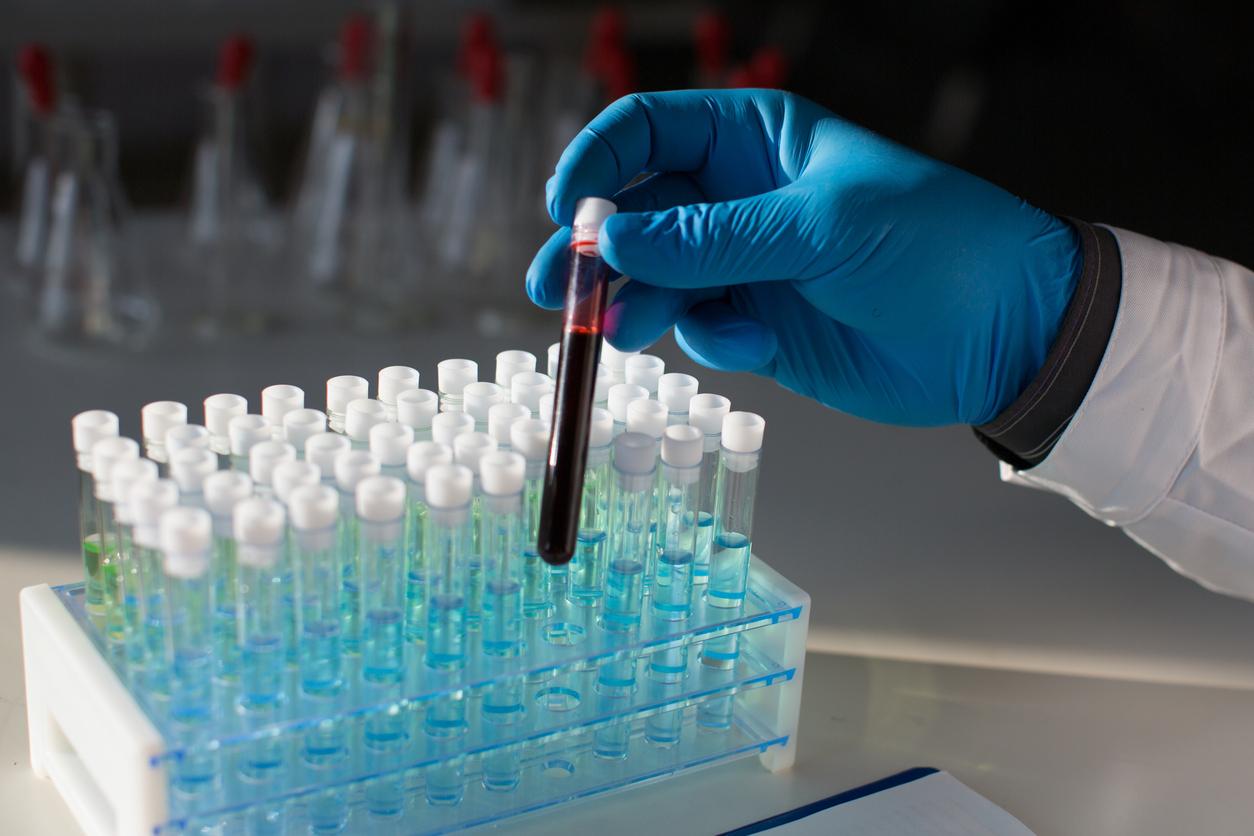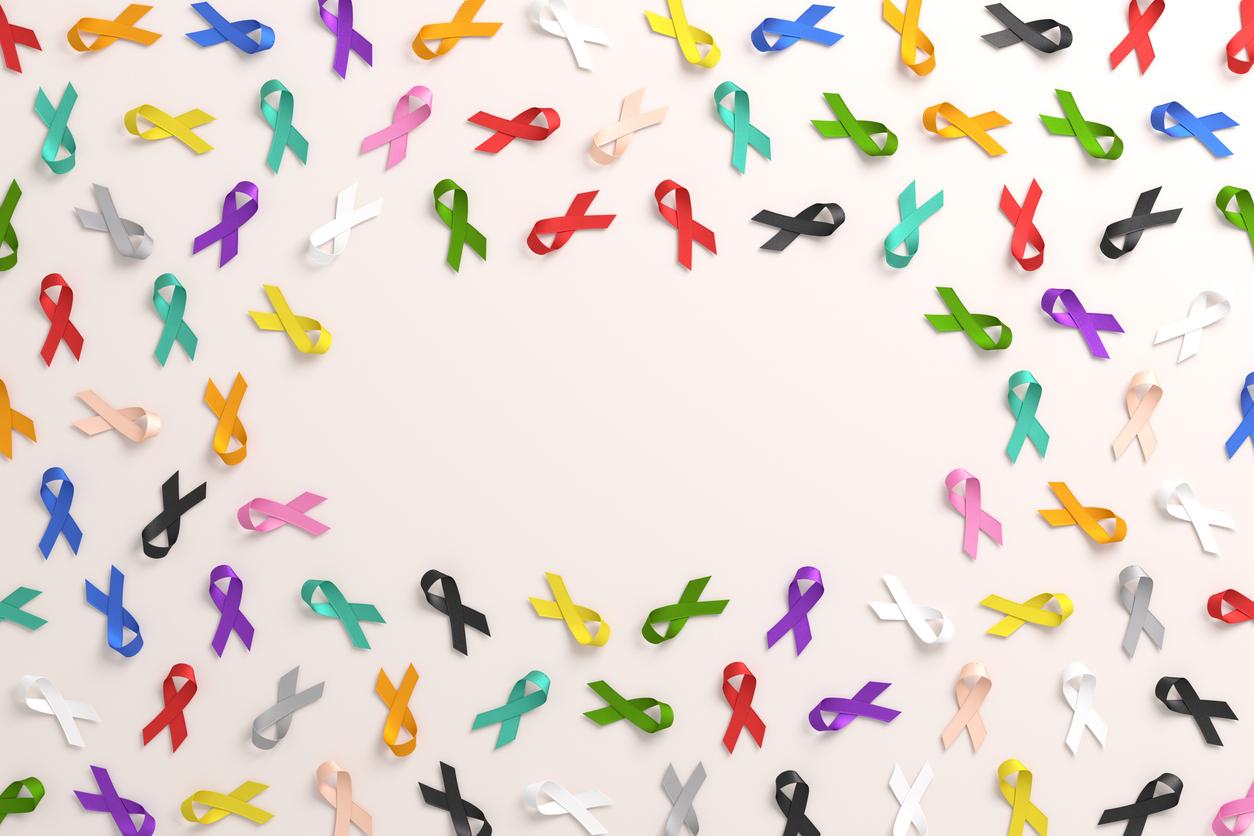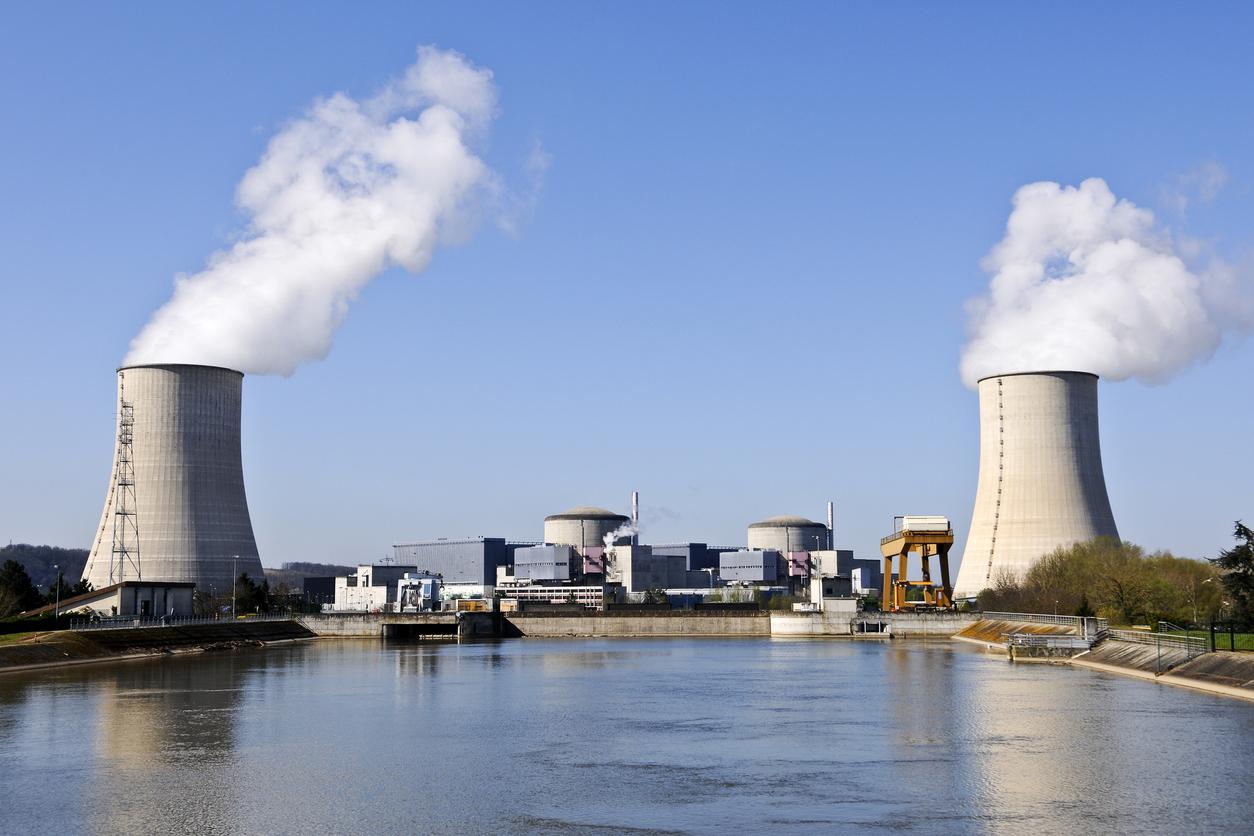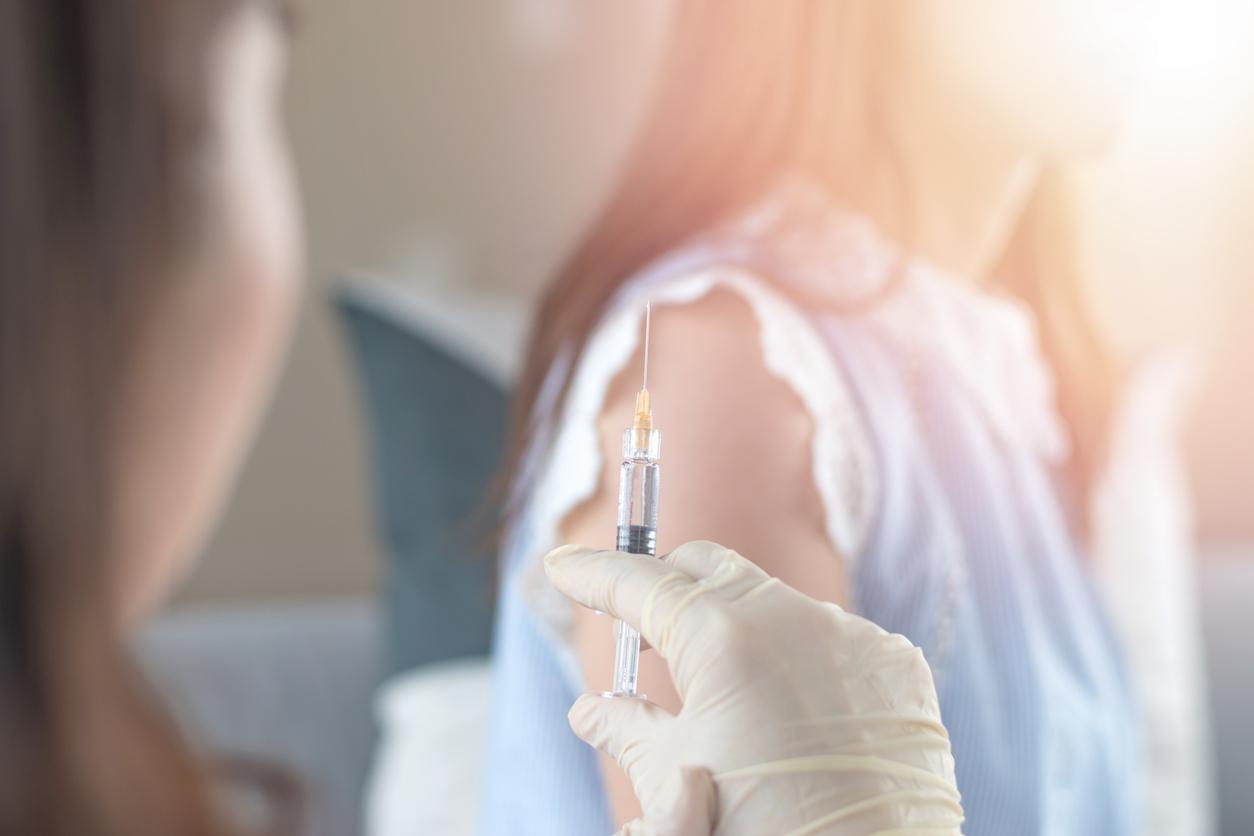To fight against the papillomavirus and its damage, vaccinating boys would save substantial amounts of money, according to a study conducted in Canada.
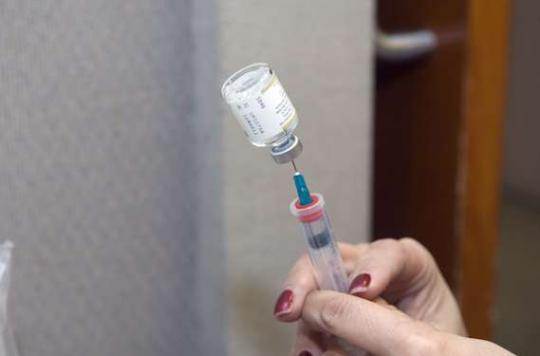
- Oropharyngeal cancers represent 78% of cancers linked to the papillomavirus
- Vaccination gives boys 60% protection against HPV
- Vaccinating at 12 years old allows savings of 30 to 100 euros per individual
- HPV vaccination is recommended for boys in 5 countries, including Switzerland
The vaccine against the papillomavirus has been available in France for 6 years. Indicated in young girls, from 9 years old, it helps protect against this virus, particularly promoting the onset of cancer of the cervix.
But it could also prove useful in boys with another form of cancer, that of the oropharynx. The HPV vaccine is still little authorized in this sense.
Economically, however, there is a real interest in vaccinating boys. Researchers from the Princess Margaret Cancer Center (Toronto, Canada) modeled the impact of reimbursement for this preventive act. Out of a population of 192,000 12-year-old boys, it would save 8 to 28 million Canadian dollars (5.9 to 20.9 million euros), they explain in the review. Cancer.
78% of cancers associated with HPV
Oropharyngeal cancers represent 78% of cancers associated with the papillomavirus. It is the progression of these last cancers that encouraged 5 countries – Switzerland at the beginning of March, but also Austria, Australia, the United States – to recommend HPV vaccination to boys. Canada, where the study was conducted, also took the plunge.
The Princess Margaret Cancer Center team carried out a literature review. Data on ENT cancers in humans, the health costs they cause and the effectiveness of the vaccine have been collected. The researchers used a theoretical cohort of 192,940 boys, aged 12 in 2012.
Their statistical model reveals that with a vaccine coverage of 70%, and a vaccine effective at 99%, the vaccination would save 145 Canadian dollars per individual (108 euros). The low end – with 50% coverage and 50% efficiency – expects savings of $ 42 (€ 31) per person. Extended to the cohort, the savings vary between $ 8 million and $ 28 million. Added to this, according to the researchers, is the mass protection effect induced by the vaccination of girls. Indeed, studies have shown that it allows reduce the incidence of genital warts (condyloma) in men, including homosexuals.
“In the idea that the vaccine also works in boys, we have the elements. In the idea that it can be cost effective, there is not much doubt, believes Robert Cohen. The price displayed on the box has nothing to do with the actual price for public health. For this, substantial coverage rates are needed, which exceed 60%. “
Completing the female vaccination
Recommended in 5 countries, male vaccination against papillomavirus remains controversial. None of the states concerned reimburse the vaccine or include it in national immunization programs. “At the beginning, we wanted to be sure that this vaccine was effective. The first demonstrations were to prevent HPV infection, recalls Professor Cohen. Today, the proof of cancer prevention is not there, since it is necessary to wait 25 years. This is why protection against oropharyngeal cancers has not yet been demonstrated.
But above all, in France, the HPV vaccine enjoys a bad reputation. “The reluctance comes from the fact that we missed the vaccination in the girl, analyzes Robert Cohen. The real difficulty does not come from asking: if we vaccinated a large proportion of the population, would it be effective and cost effective? The answer is yes, without a shadow of a doubt. The question is: if we do not already manage to vaccinate girls, how to get it in boys? “
Male vaccination can however supplement that of girls, which is still largely insufficient in France (10%). “As we will not be able to vaccinate all girls, it would be better to vaccinate 60% of boys and 60% of girls than to aim for 90% coverage among girls”, concludes Robert Cohen. It remains to convince the population to be vaccinated more widely. A problem to which the health authorities have not yet found a solution.
.










